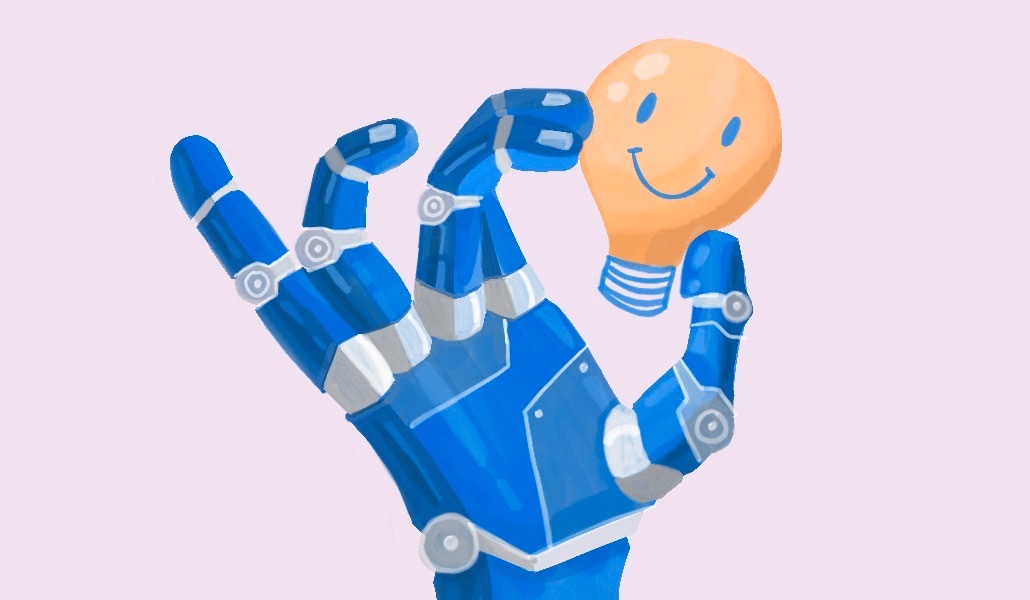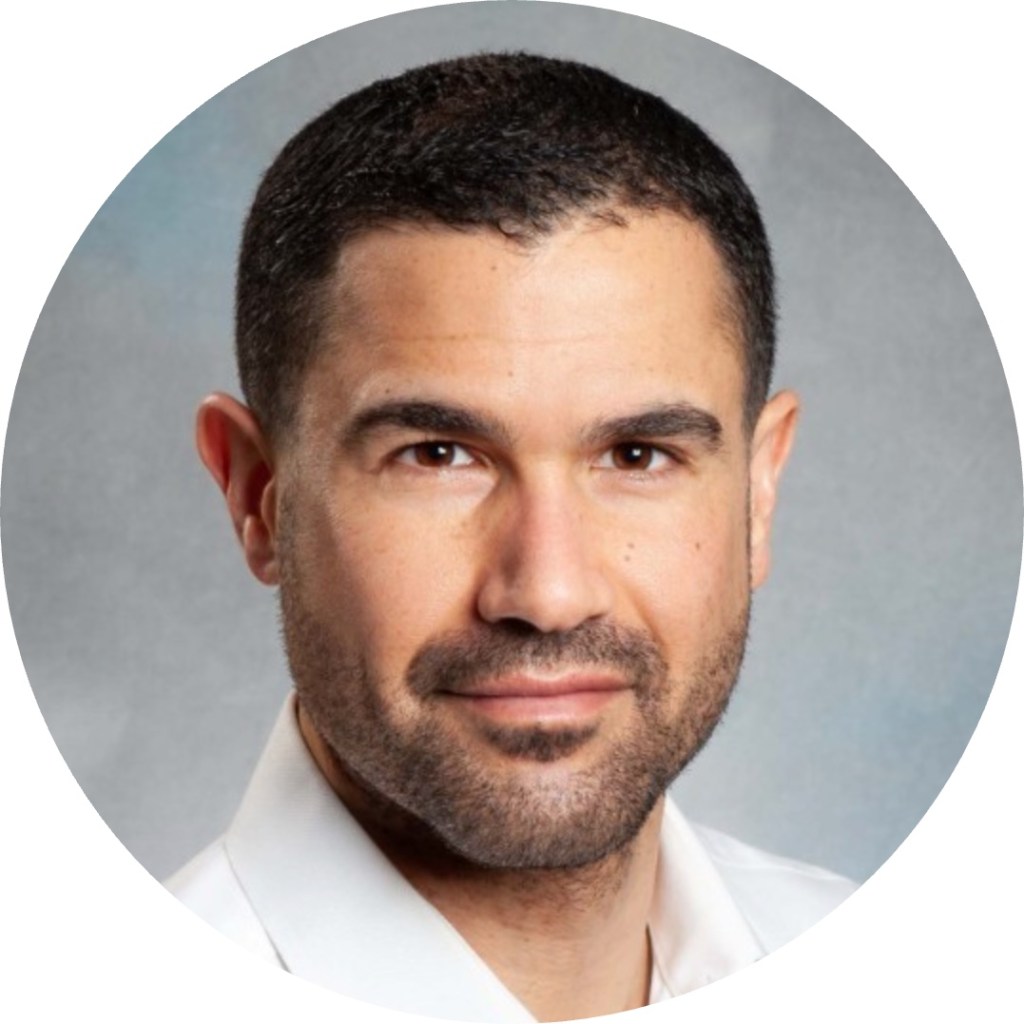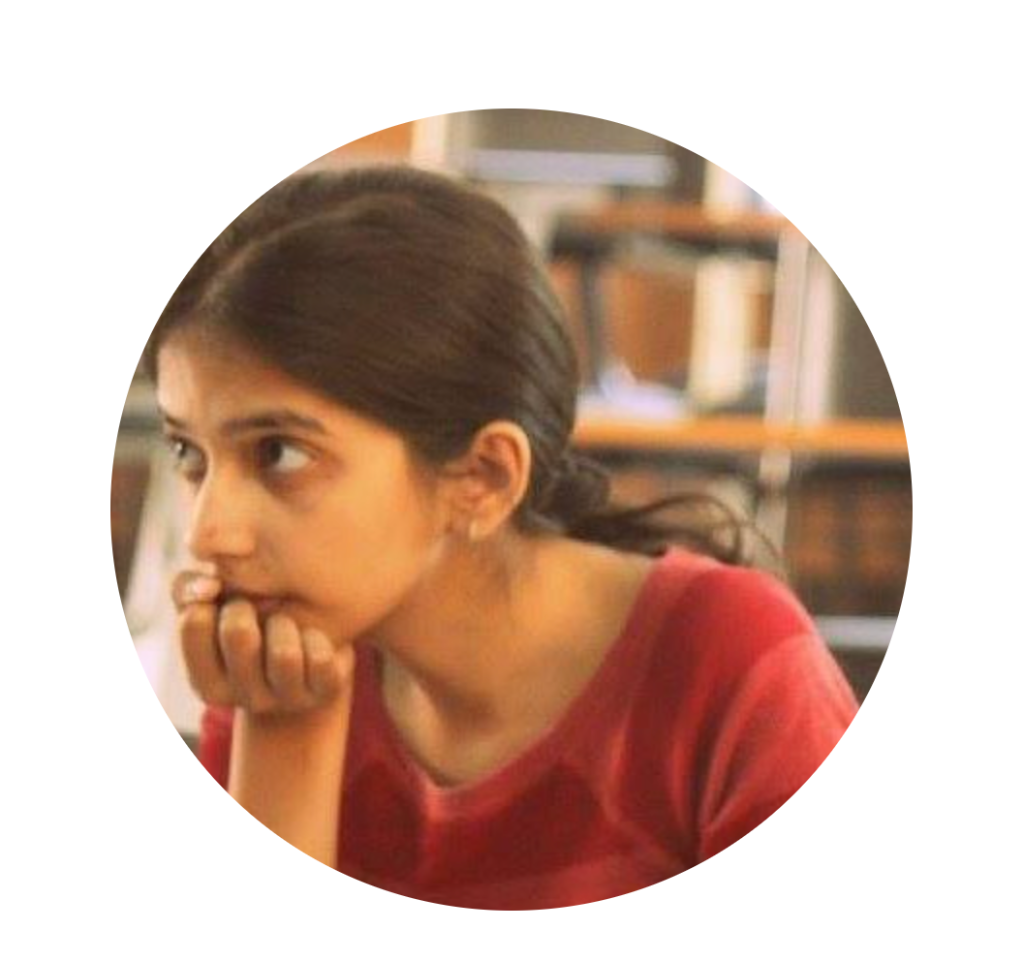How technology can help millions of seasonal affective disorder sufferers this winter

Sept. 22 marked the official start of fall in the U.S. And for millions of people, that also signals the start of a difficult period when the drop in available sunlight causes their moods to tank.
This seasonal affective disorder (SAD) affected 10 million people in the U.S. alone in 2019. And the knock-on effect to a person’s mental health and by extension – their job and productivity – can be substantial. But are organizations sensitive enough to their needs? And how can technology help?
Yvonne Eskenzi, owner of London-based cybersecurity agency Eskenzi PR, has suffered from SAD since childhood and said the onset of SAD is unmistakable. “You can smell the air change and temperature,” she said. “Then you notice the days becoming shorter and darker at night, which triggers a deep sense of foreboding, sadness and anxiety.”
Eskenzi added that she feels less creative, foggy-headed, and nowhere near as sociable as usual in a work setting.
Boston-based Chaitali Sinha, head of clinical development and research at Wysa, which builds artificial intelligence solutions to support mental health, said that SAD can cause feelings of anxiety, despair, hopelessness, irritation, and depression.
Physical sensations, such as lethargy and overtiredness, are also typical. “People who suffer from SAD might hardly sleep, have trouble concentrating and experience serious fatigue. All these symptoms can make it difficult to complete daily tasks, especially work-related tasks,” said Sinha.
Brian Kropp, group vp and chief of research for Gartner’s HR practice, agreed that the drowsiness and stress caused by tiredness were likely to cause problems at work. “When you feel stressed and worried, the surface area of your brain literally shrinks,” he said. “It is a natural defense mechanism to absorb less information and pain.”
He suggested that employees struggling with SAD should be open about it with their employers and not suffer in silence. Equally, employers should be mindful and look after their staff. “When we are drowsy, we tell people to use caution when operating a vehicle or dangerous machinery,” said Kropp. “So when employees are tired, we should not ask them to operate the heavy machinery of our business.”
Feeling the cold
Dr. Rich Joseph, chief medical officer at Restore Hyper Wellness, a holistic health service based in Austin, Texas, agreed. “Recognizing and treating SAD is critical given that it can cause psychosocial impairment, absenteeism, and decreased work productivity,” he said. “The most common form of SAD is recurrent unipolar major depression that occurs in a seasonal pattern.”
According to Sinha, SAD has an average prevalence rate of 1.5% and rises to 10% in northern latitudes. This analysis is backed up by 2014 research that shows the percentage of the U.S. population affected by SAD ranges from 1.4% of people in Florida to 9.9% in Alaska.
However, there is evidence that more people are likely to feel the effects of SAD due to global warming, with longer, warmer summers and shorter but colder winters. “Many climate and mental-health researchers expect that there will be more mood variations as the impact of global warming increases.” said Sinha. “Snow cover will reduce, and winters will become darker.”
Eskenzi offered tips to help those that feel the seasonal changes more than others. Top of her list is exercising “as much as you can” during the day. Nature walks are incredibly soothing, too. She avoids sugary foods but dives into long baths, upbeat films, and cheery books. A SAD light therapy lamp, available for as little as $30, can be calming, as is engaging in mindful activities like yoga and meditation.
Indeed, HR departments must be proactive about treating SAD in colder, darker regions. But is enough being done?
Multi-faceted care needed
“Companies might pull out the lightboxes when October hits, but those affected by SAD each year aren’t receiving the multi-faceted care that is most effective,” said Sinha. It is crucial to monitor for symptoms and implement solutions, she added. The latter might include digital mental health platforms to ensure employees receive adequate treatment and symptoms do not worsen.
There are encouraging signs that tech solutions, in addition to lamps, could help SAD sufferers. “An infrared sauna is a good option for people with SAD,” suggested Dr. Joseph, “likely because it provides the light and warmth they desperately need.” (Prices for an infra red sauna range from $1,500 to $15,000.)
Sinha said a technology combined with appropriate therapy treatments, such as Wysa’s AI digital mental health solution, can be particularly effective in treating SAD. “Technology can provide effective and more accessible avenues to treatment, especially for those working from home or in high-stress fields with limited time and energy to seek care,” she added.
With more spare time during the pandemic-induced lockdowns, Eskenzi took matters into her own hands. She and her eldest of two daughters, Jasmine (Jade, the younger, also suffers from SAD), started researching the idea for an app. “I also could see that my staff working remotely were finding being creative was proving challenging, so spoke to lots of neuroscientists and read lots of scientific papers on what helps people be more focused and happier at work,” she said.
Jasmine, a musician, and her mother discovered that mixing binaural beats (a method of recording sound that uses two microphones) with nature sounds calmed listeners. “We realized if you could quieten the amygdala, the part of your brain that is fight or fight, then your pre-frontal cortex, which is your focus part of the brain, is freed up to think clearly,” said Eskenzi.
The result? The Zensory app was launched in May on various app stores. It has since been downloaded almost 4,000 times, with an overall rating of 4.9 stars. “We hope that we can help people relax with breathing, soundscapes, touch, and scents, all available via The Zensory,” adds Eskenzi. “And we are giving the app away for free until January 2023.”
There’s something both SAD sufferers and HR professionals can be happy about.


